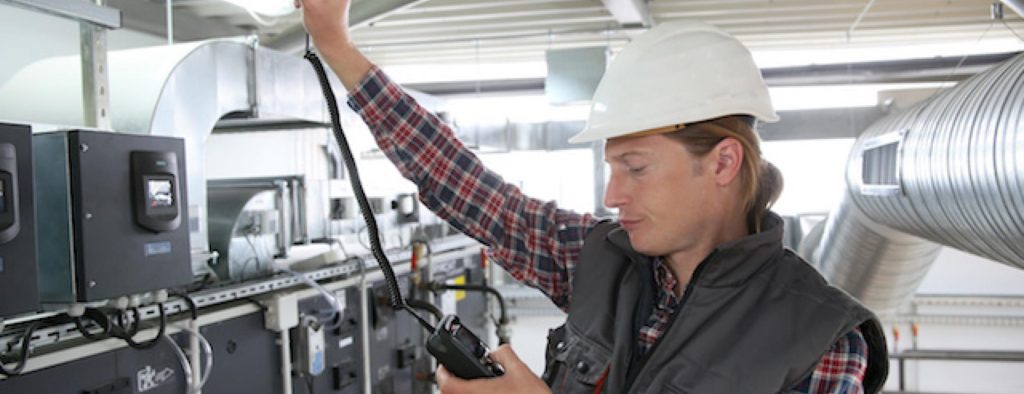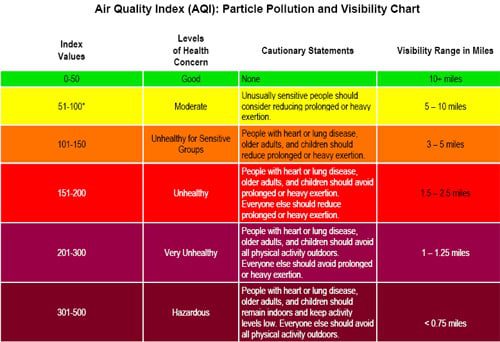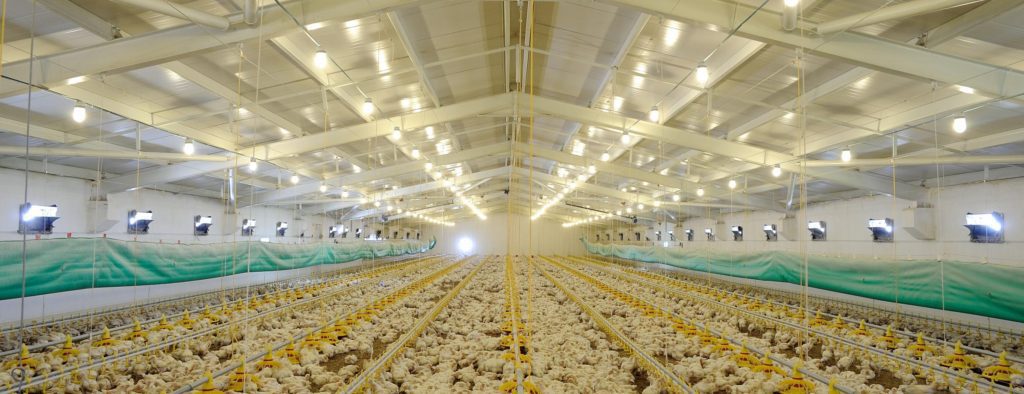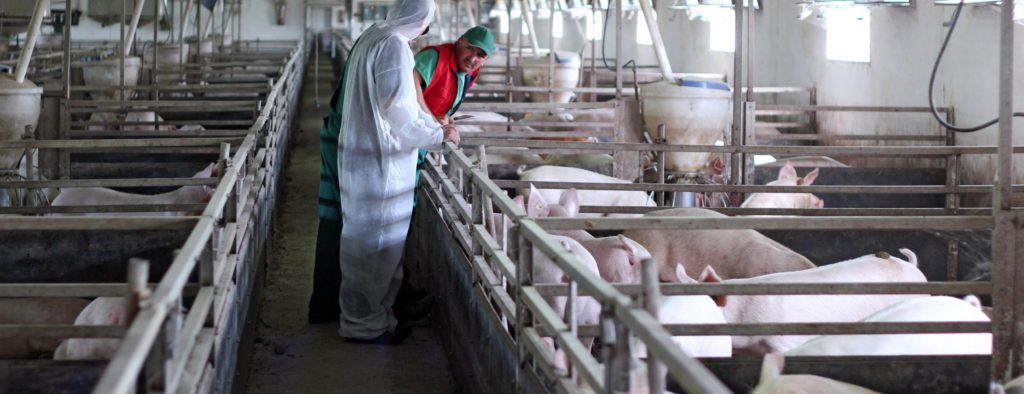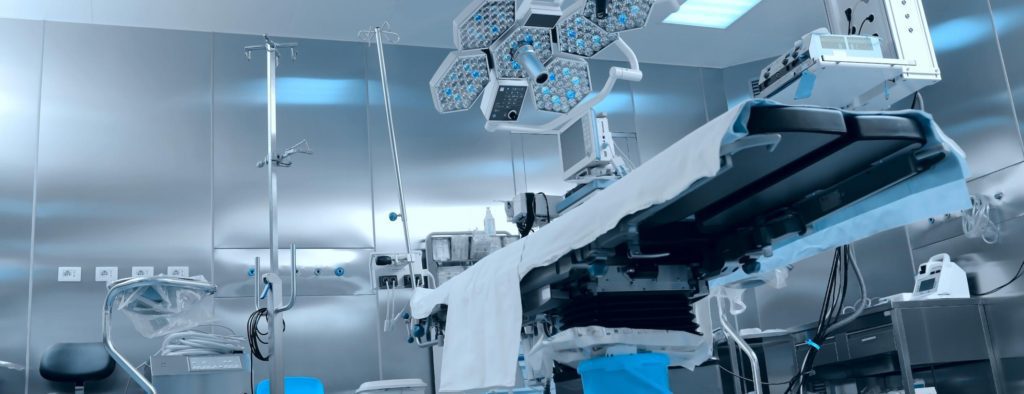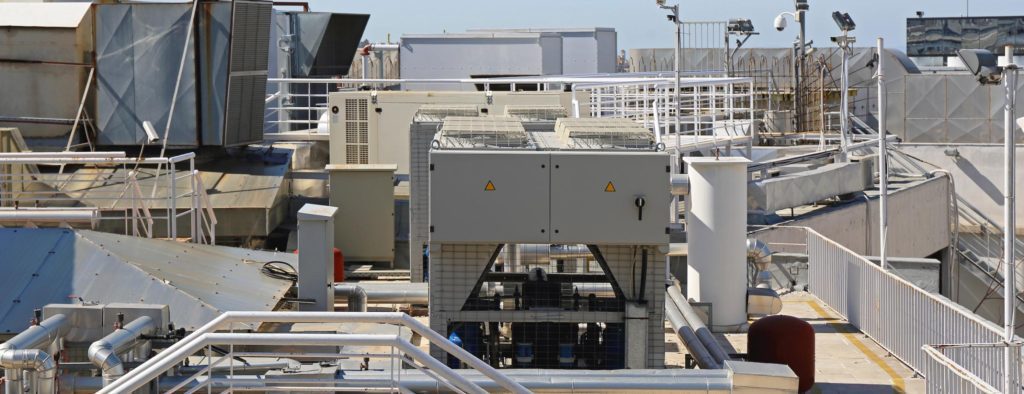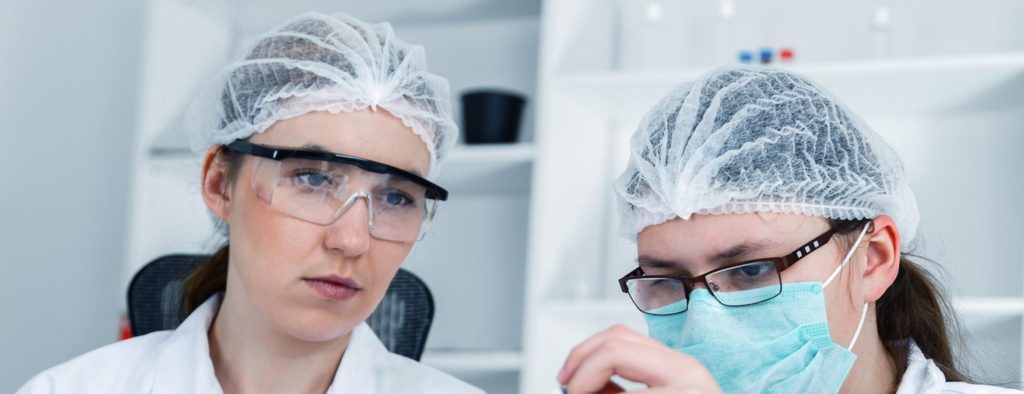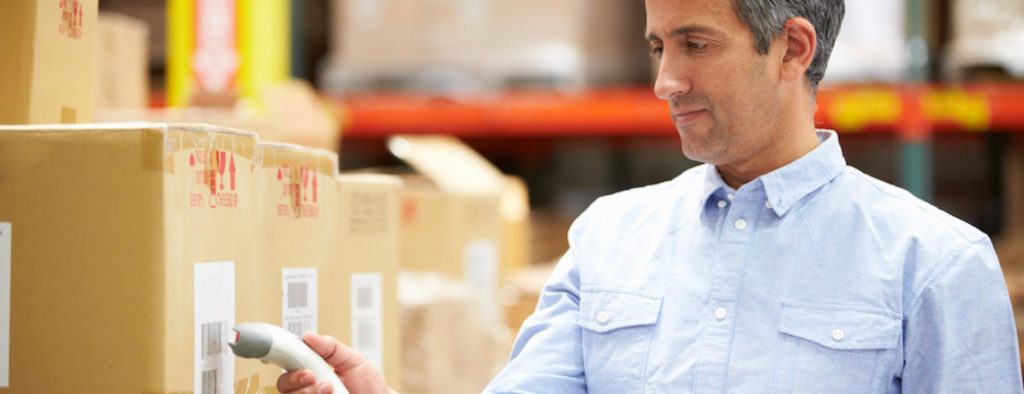HVAC Global Market Trends
New research has shown the HVAC market will be dealing with major issues including indoor air quality and ecofriendly construction. The latest research report published by Technavio, on the topic of global warming as it pertains to the air conditioning, ventilation and air filtration market, has demonstrated a thorough analysis of the expected trends that are going to impact the industry until at least 2020. According to Technavio, increasing construction projects and demand for more HVAC air filtration replacements in developed economies like the UK and the USA have become major triggering forces in the market. The top three rising market trends that are driving the global HVAC industry include:
Increasing concerns about IAQ within buildings
Pollution is affecting the indoor air quality and outdoor air quality. Recent developments in construction materials have led to more usage of composites and synthetics. Radiations from devices like copiers and computers are also causing pollution. Poor indoor quality is becoming a leading source of health issues like sick building syndrome, related illnesses, environmental illness or multiple chemical sensitivity (MCS).
costs, while maintaining the quality of products and services provided by them. Green systems are being more popular within the commercial sector, which are continually promoting a productive and healthy environment. The financial advantages gained from such moves are expected to lead towards continuous development
Increasing eco-friendly spending
The global construction industry is adopting energy efficient and green methods for tacking increasing energy costs, while maintaining the quality of products and services provided by them. Green systems are being more popular within the commercial sector, which are continually promoting a productive and healthy environment. The financial advantages gained from such moves are expected to lead towards continuous development in energy saving technologies. Green building associations and different councils worldwide are also emphasizing the need of having efficient air conditioning and filtration systems for ensuring healthy IAQ and reduced emissions.
Efficient services and maintenance of the HVAC systems
Maintenance will be one of the top concerns. The well maintained HVAC air filtration reduces energy costs by up to 40 percent, based on equipment and system involved. The HVAC systems contain over 100 components including air filters.


